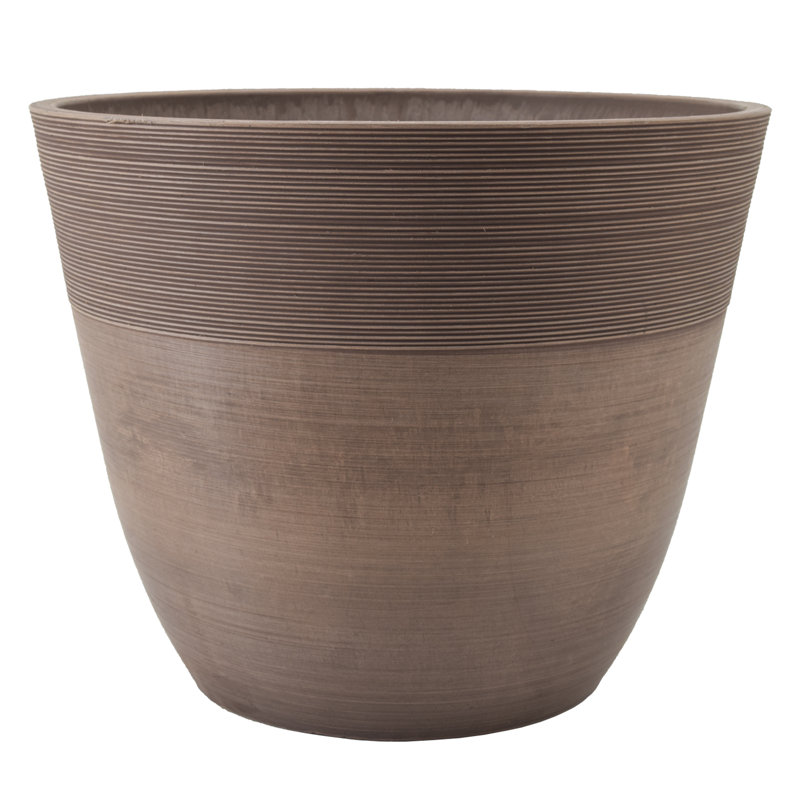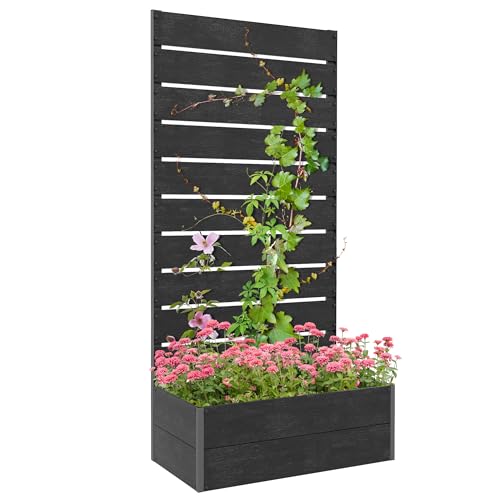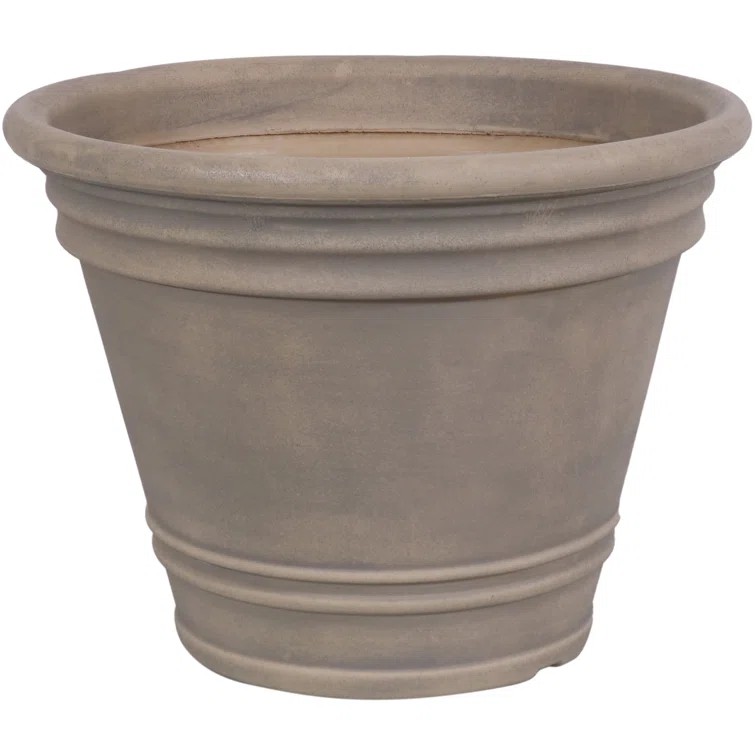Plant these 5 climbers in May for a foliage-covered privacy fence in weeks – best fast-growing vine varieties from a professional gardener
Low-effort but high-impact, these fast-growing vines can be relied on to bring joyful color to any yard
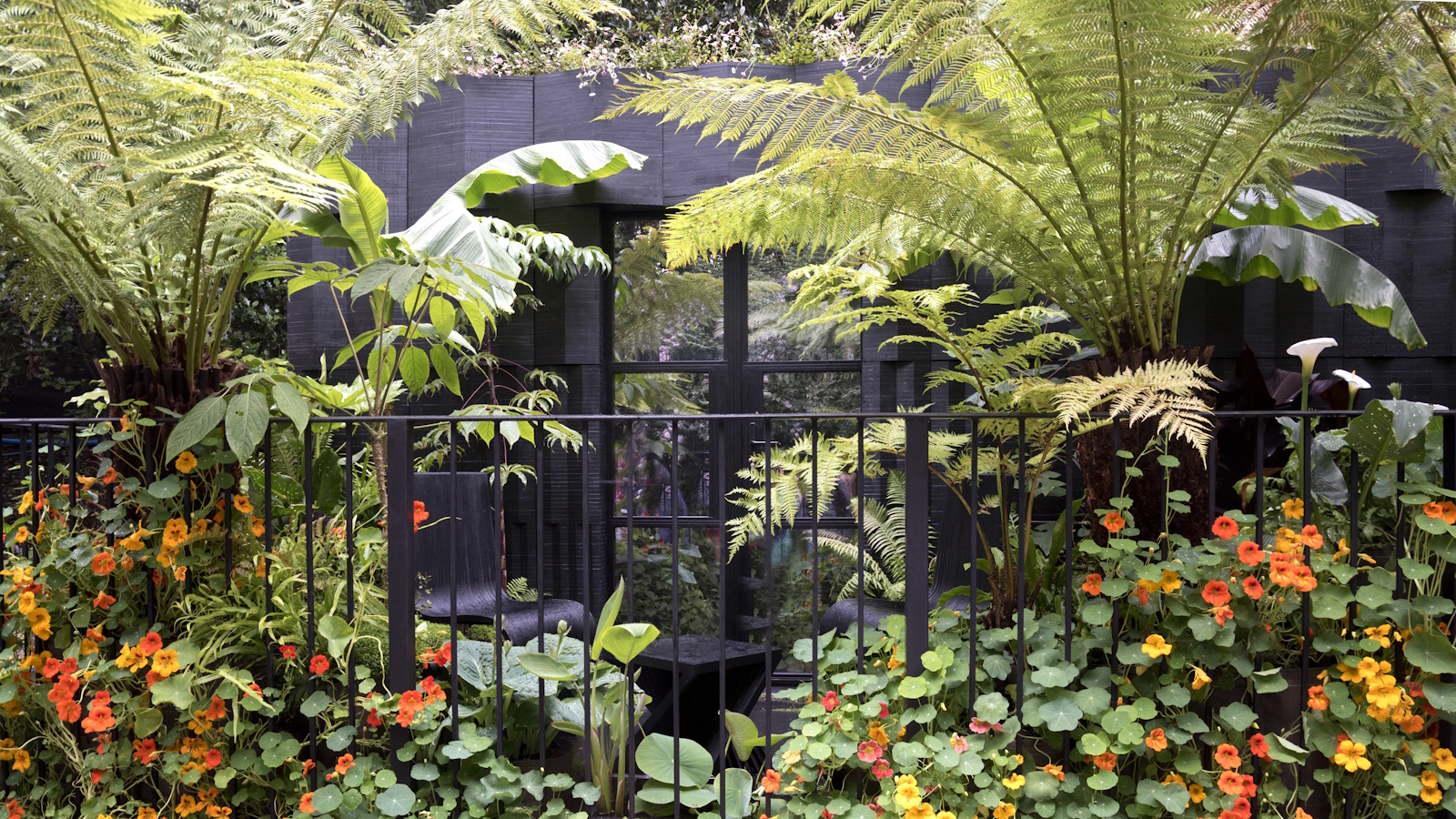

I’m always amazed by the speed of growth at this time of year. In March, you find yourself staring into pots and trays, willing anything to germinate. By May, however, everything takes off. One warm week and suddenly the whole garden is jumping into life. And climbers are no exception.
Adding one or two of the best climbers to plant in May, whether grown from seed or as small plants, is an easy way to inject texture and colour into your plot. I’ve grown many in my career, from lofty wisterias adorning the entire side of a house (not a pruning job for the faint-hearted), to rose-filled pergolas and archways covered in honeysuckle. Some have needed years to get going. But others, I’ve planted in spring and watched them explode into growth throughout the summer.
Here, I’ve picked a handful of fast-growing annuals and perennials to plant in May that I have grown and would recommend for any garden, including smaller city courtyards to large rural plots. Some of these vines are short-lived, some will return year after year, and one or two are even edible.
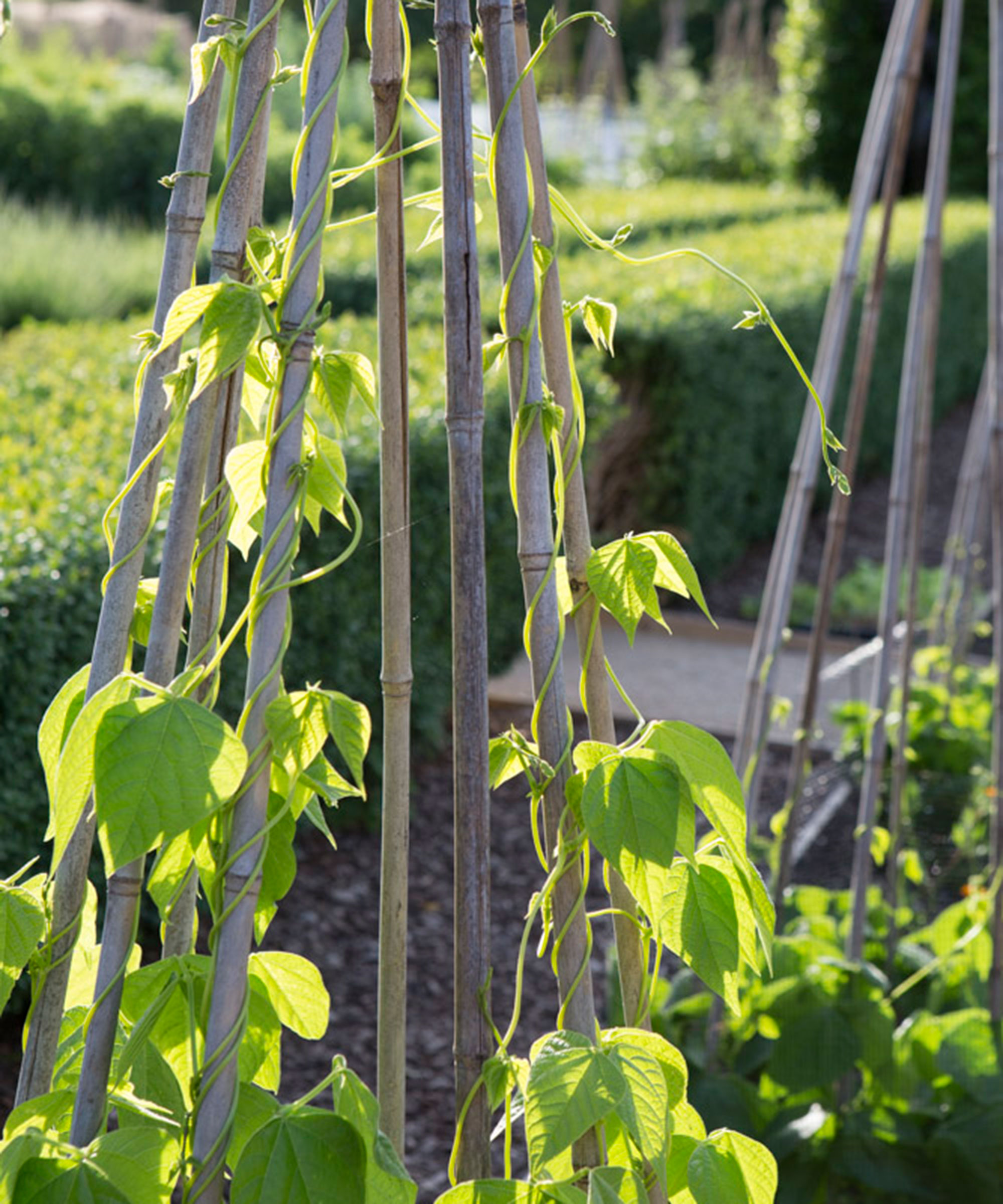
5 best climbers to plant in May for fast coverage
Some of the best climbers to plant in May have remarkable growth rates and can fill fences and walls in a matter of weeks. Indeed, many fast-growing flowering annuals and perennials can help to add foliage and flowers to any yard in record time.
Here are five of my favorite climbers to grow in pots and borders for gardeners seeking quick results this year.
1. Hops
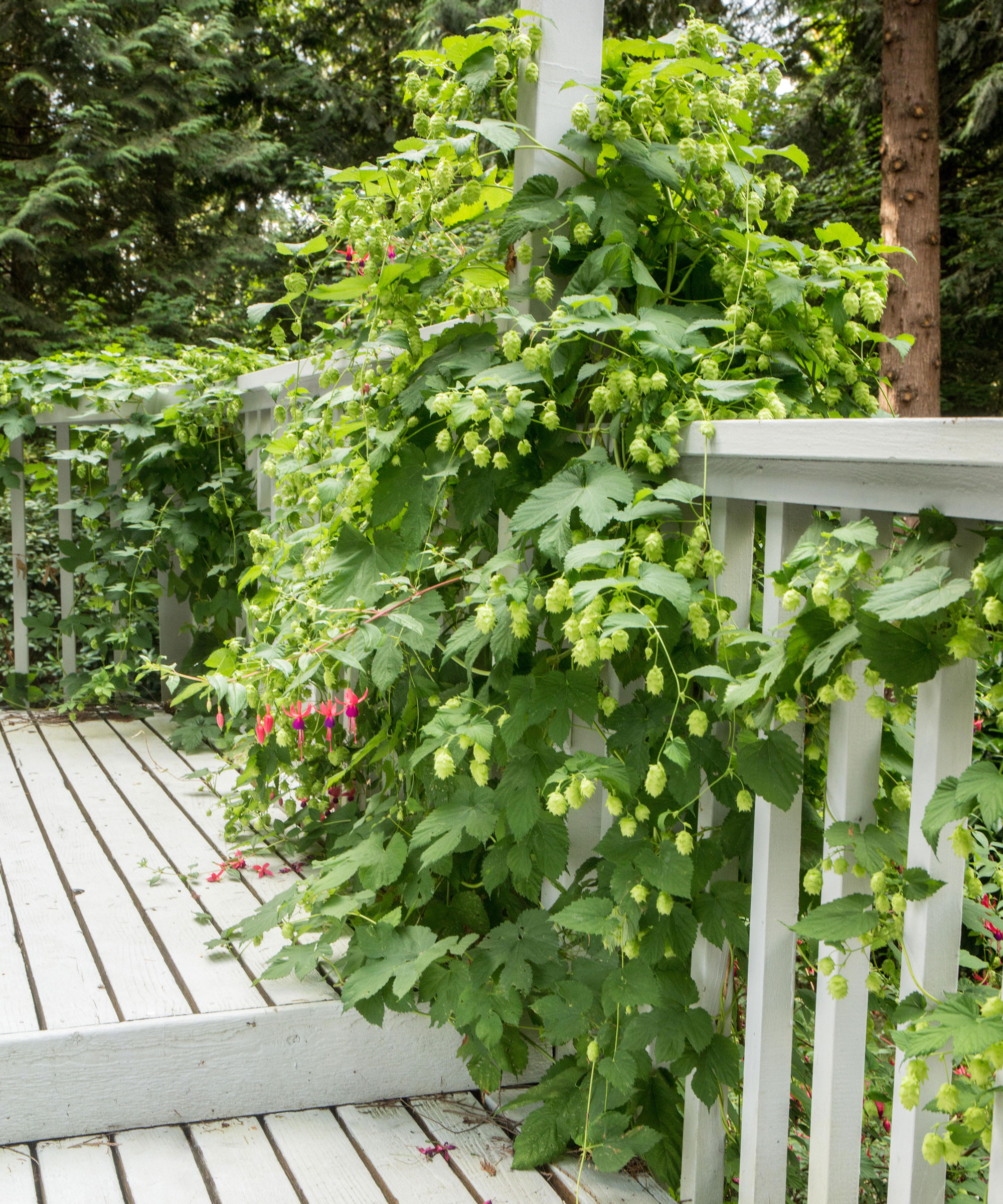
If you want an unusual, fast-growing plant, consider adding hops to your plot. You will probably (and rightly) associate this crop with brewing beer, but what you might not know is that it can also be planted in a backyard for ornamental purposes, such as to grow up a pergola.
Growing best from zone 3 to zone 8, hops, or Humulus lupulus, are one of the fastest climbers I have grown.
Design expertise in your inbox – from inspiring decorating ideas and beautiful celebrity homes to practical gardening advice and shopping round-ups.
In a matter of weeks, they can grow over 10 feet. In fact, if planted in a sunny spot with well-draining soil, in either borders or pots, they can grow close to a foot a day.
While hops are hardy and will return each year even in cooler northern regions, they are deciduous, meaning they lose their foliage each fall and can be cut back to the base each winter.
Fear not, however, as each spring and summer, you can expect lobed, bright green leaves to fill walls and fences in record time.
Live plants and bare root hops are available to order from Burpee.
2. Kiwi
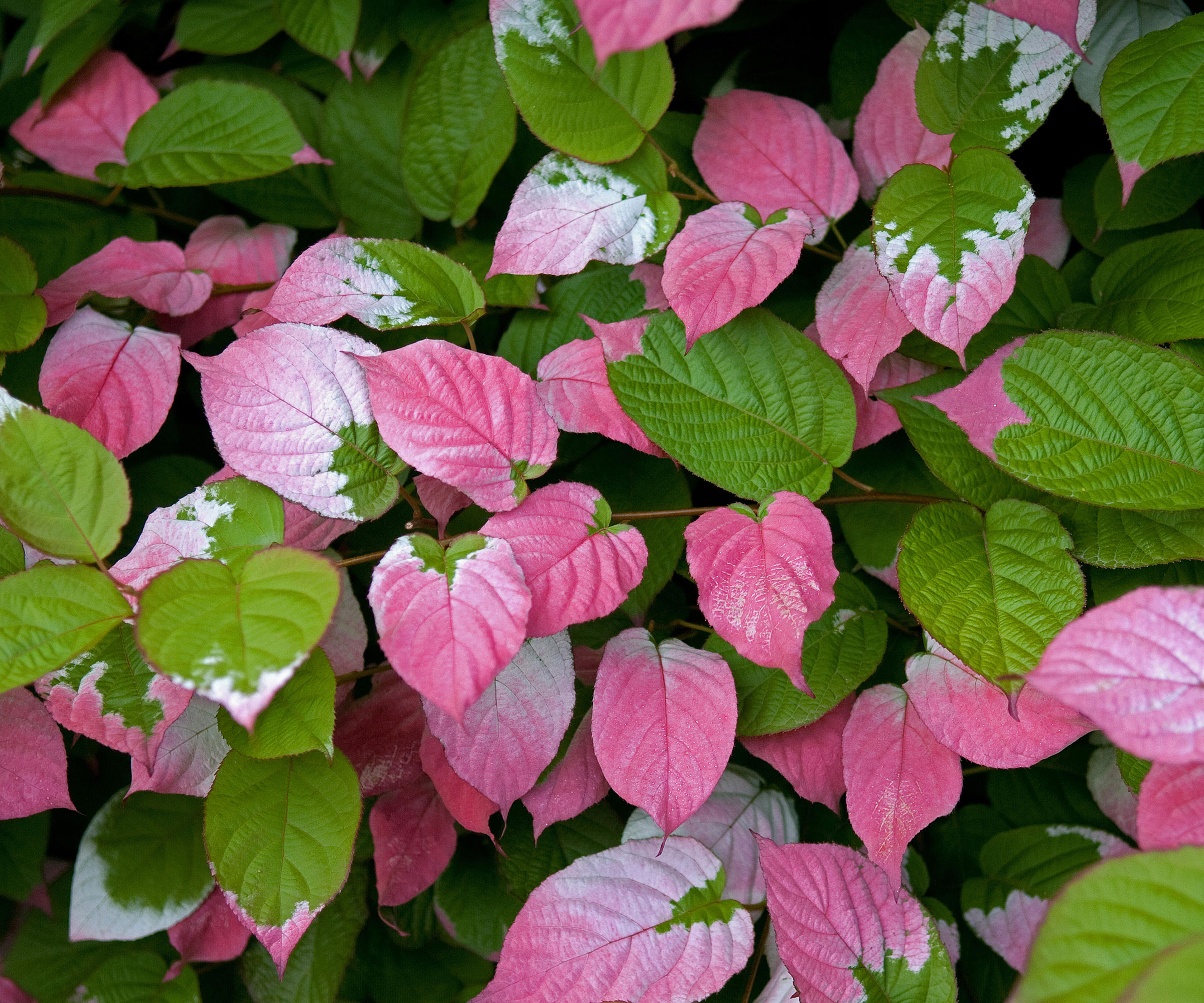
Lesser known but another of the easiest climbers to try in backyards is the hardy kiwi. Growing best from zone 4 plus, the hardy kiwi, or Actinidia arguta, is native to Japan, North and South Korea and Northern China, and is another good option if you are wondering what to plant in May.
In terms of how to grow kiwi, this perennial vine thrives in full sun and fertile but well-draining soil. It is notoriously fast-growing, often producing 10 to 20 feet of growth in a single season.
So, if you want to cover an ugly wall or hide a bare fence, hardy kiwi might be the plant for you.
Live kiwi starter vines are available from Walmart.
You’ll need both male and female plants to get fruit (unless you grow a self-fertile variety like ‘Issai’), but even without fruit, the vine is worth growing simply for its attractive, tear-shaped foliage.
For a unique variety, why not try the variegated kiwi vine, or Actinidia kolomikta, which can produce pink, white and green leaves, as seen in the image here. This unusual option is hardy down to zone 3, thriving in sunny spots.
Variegated kiwi vine seeds can be ordered online from Amazon and sown in spring in a cold frame or greenhouse once the risk of frost has passed. While growing from seed won't be as fast-growing when compared to a live plant, it will be no less rewarding.
3. Nasturtium
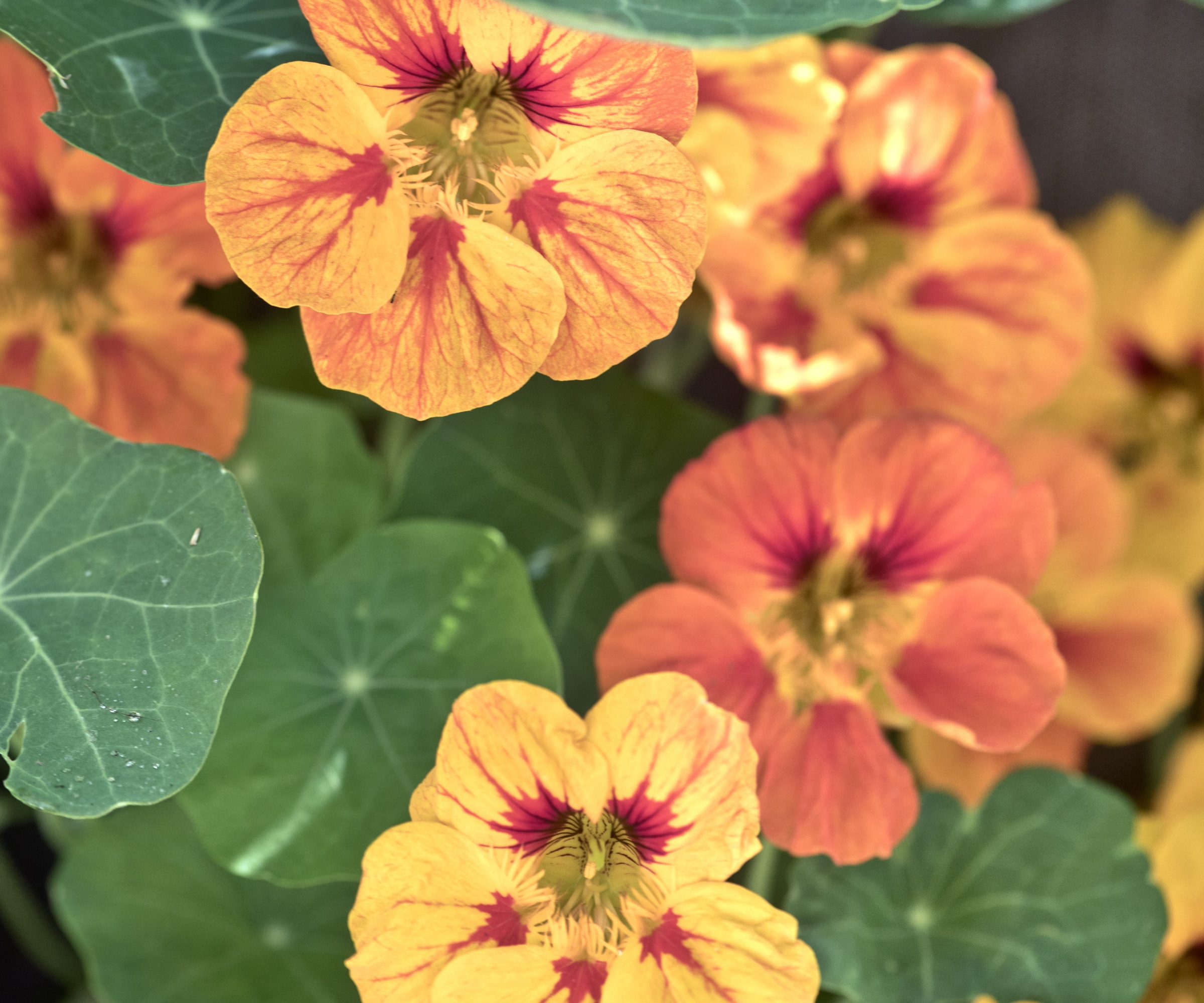
One of the best container flowers to plant in May has to be nasturtiums. Every year, whether looking for planting ideas for pots or the veg garden, I always return to this fuss-free annual vine.
In terms of how to grow nasturtium, this easy-to-grow climber can be sown directly outside this month and will rapidly germinate in around seven days in the right conditions.
This pale-lemon 'Peach Melba' variety, with seeds available from Burpee, is one of my favorites and would work well in a pot planted alongside deep maroon dahlias or chocolate cosmos.
Ideally, sow your seeds in a sunny, bright spot with well-draining but slightly moist soil. However, in my experience, they will grow almost anywhere and do not need any fertilizer, considered by most gardeners as a climbing plant that thrives on neglect.
If growing in pots, be sure to train your nasturtiums over a trellis or plant support, like this attractive garden obelisk, available from Walmart.
In the right conditions, they can grow upwards of 10 feet in a single season, making them a low-cost but high-impact annual to cover garden surfaces quickly.
And, if you live in southern regions, such as zone 9 plus, you might find it keeps on flowering year-round.
4. Wisteria
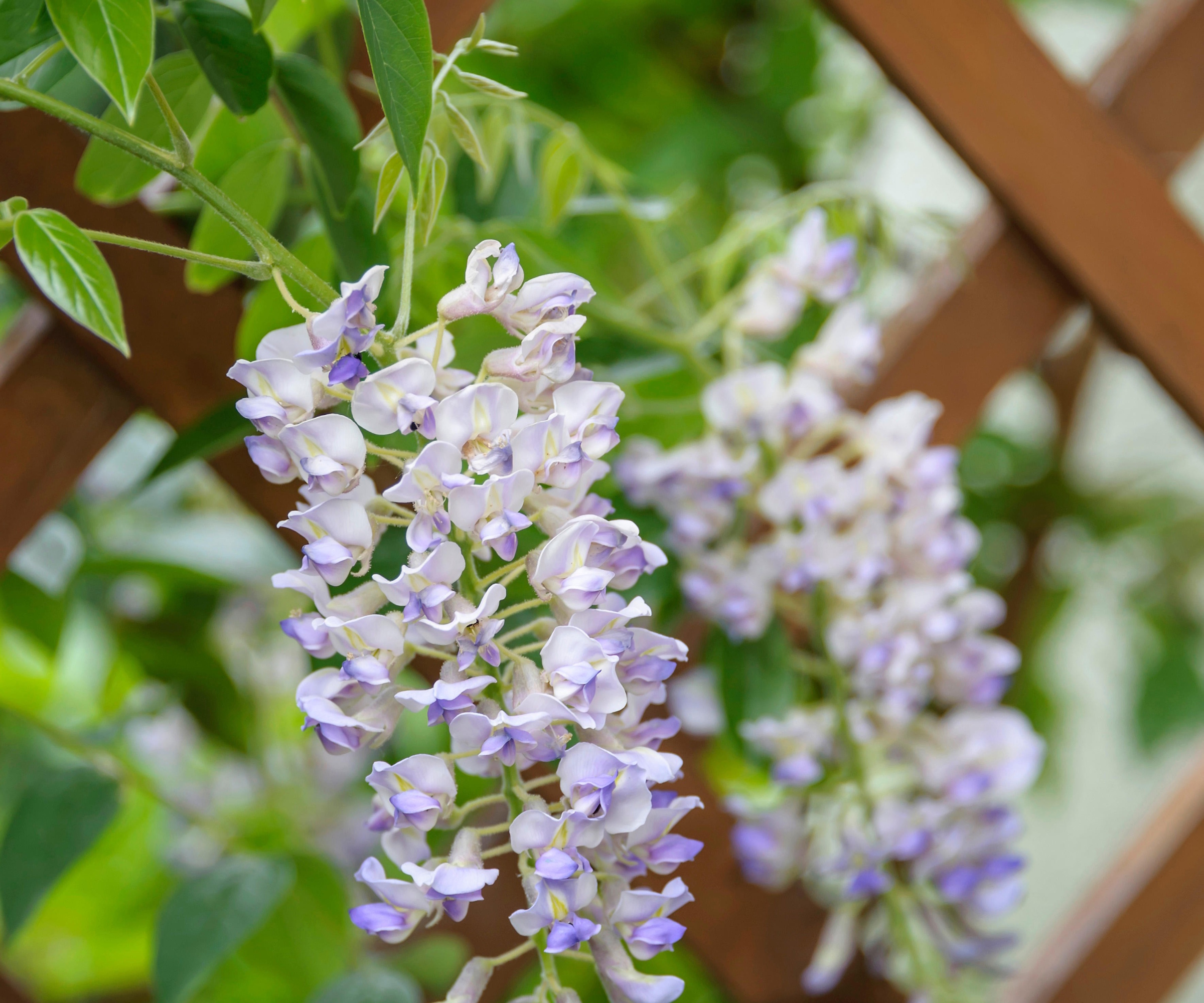
Wisteria is a showstopper when it comes to climbing plants. You will probably already be a fan of its pendulous racemes of purple, blue, or white flowers, and for good reason. It is hard not to adore this romantic perennial that thrives on neglect.
However, both Wisteria sinensis, the Chinese wisteria, and Wisteria floribunda, or the Japanese wisteria, while able to grow almost anywhere, are a little too unruly and are considered invasive climbers in certain regions of the US.
For this reason, I would suggest planting one of the native alternatives to invasive wisteria, such as Wisteria frutescens, or the American wisteria.
Native wisteria vines are available to order as live plants from Amazon.
Hardy down to zone 5, provide the American wisteria with as much sunshine as possible, which will help in terms of flower production. You won't need to feed or water this vine once established. It will do just fine looking after itself.
That said, this fast-growing vine will need annual pruning to maintain its shape and habit. It can grow upwards of 10 to 12 feet per year, so trimming it once in summer and again in winter will help to keep it in good shape.
5. Morning Glory
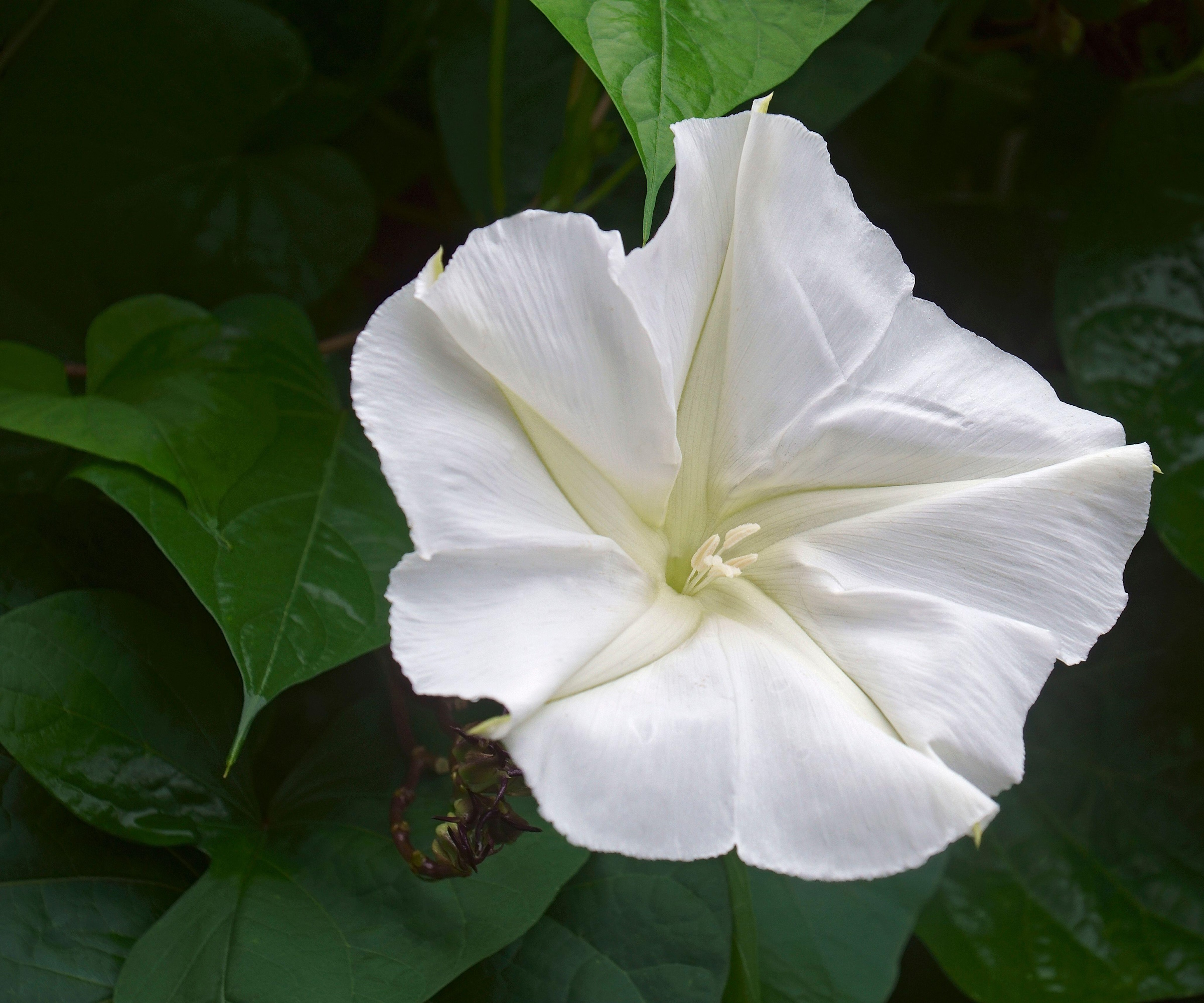
Morning glory is a classic annual climber that I have grown nearly every year that I have been a gardener. From deep red to sky blue, you can find these fast-growing annual flowers in almost every shade.
For a barbie-pink option, try this 'Candy Pink' variety, with seeds available to order from Burpee, that would work well with your traditional cottage garden plants, such as pink foxgloves, white roses and purple zinnias.
In terms of learning how to grow morning glory from seed, this is one of the best climbers to plant in May once the soil has warmed and the evening temperatures are mild. It can be grown in any region, so long as it has a sunny spot and room to climb and crawl.
In a single season, it can grow as much as 10 feet or more, so be sure to give morning glory space to grow and cover your garden shed or back wall.
While they rarely become invasive, morning glories are prolific self-seeders, and in the right conditions, you might find hundreds of seedlings germinating underneath the vine. While these can be quickly raked out, it is a consideration if you are short on time.
FAQs
What is the best fast-growing vine to attract pollinators?
Any climber with open, nectar-rich blooms will prove popular with bees, butterflies and other pollinators. From clematis to honeysuckle, climbing asters to black-eyed Susan vines, there are many to choose from.
For a native climber to attract hummingbirds and bees, try growing the trumpet vine. This vigorous climber can be invasive in the right conditions, so plant with care, but it can always be relied on to help pollinators. Try this unusual peach option, 'Grandiflora Orange' trumpet vine, available from Amazon.
When planting climbers in pots or borders this May, be sure to provide them with a deep watering every few days to help settle plants and give them the best chance of success this year.
It can also be a good idea to provide structure, such as a trellis or obelisk, and train them to grow in the direction you desire.
For a natural aesthetic, why not use coppiced material, such as hazel or willow, which can be bent and twisted to create organic shapes and structures in your yard? Our guide on how to build hazel plant supports has all the information you need.
Shop climbing plant accessories

Thomas is a Content Editor within the Gardens Team at Homes and Gardens. He has worked as a professional gardener for both public spaces and private estates, specializing in productive gardening, growing food and flowers. Trained in Horticulture at the Garden Museum, he has written on gardening and garden history for various publications, including The English Garden, Gardens Illustrated, Hortus, The London Gardener and Bloom. He has co-authored a Lonely Planet travel book, The Tree Atlas, due out in 2024.
You must confirm your public display name before commenting
Please logout and then login again, you will then be prompted to enter your display name.
